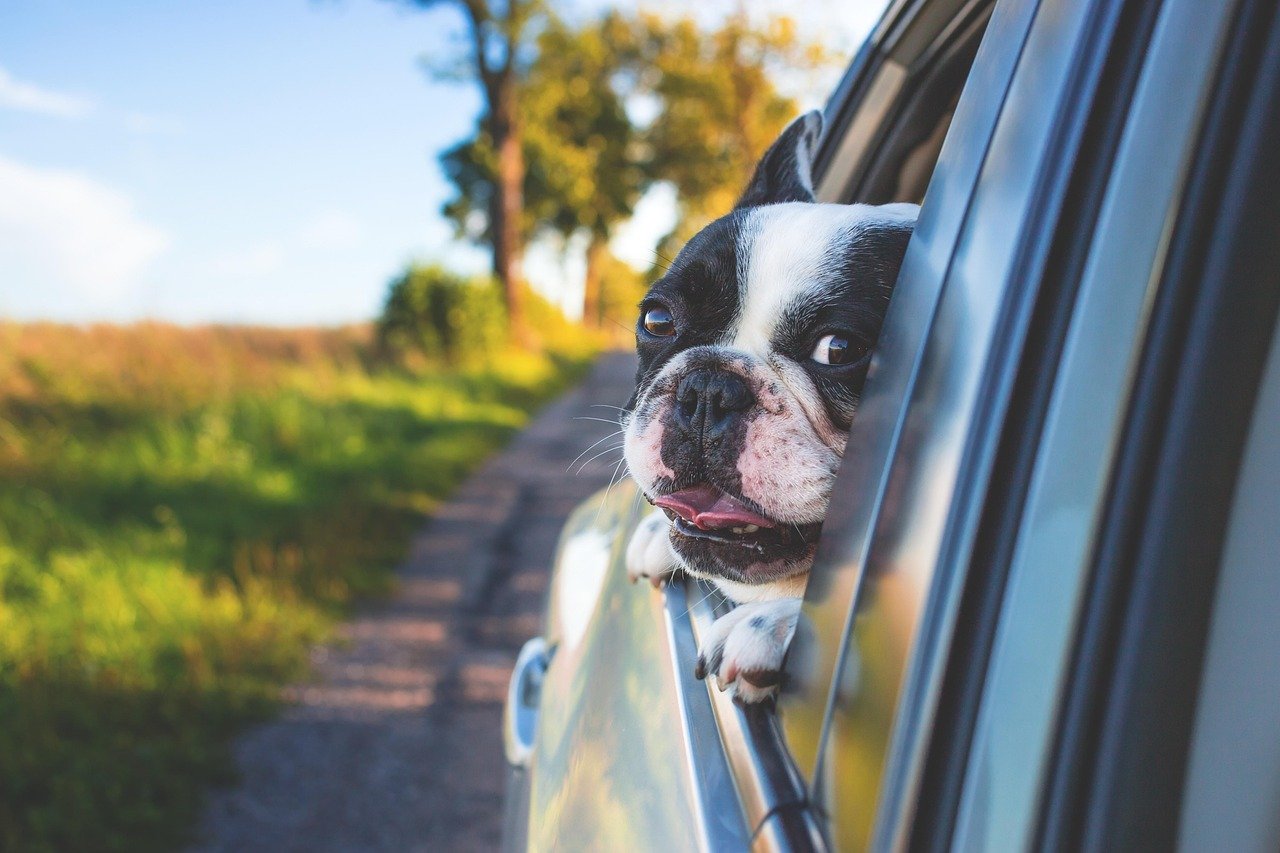For some dogs, a car ride means an exciting trip to the park. For others, it’s a stressful, overstimulating experience filled with strange noises, unpredictable motion, and unfamiliar smells. If you’ve ever traveled with a nervous dog, you know the signs: trembling, panting, excessive drooling, whining — or in some cases, complete shutdown. It’s heartbreaking and exhausting for both dog and owner.
While there’s no magic solution that instantly eliminates travel anxiety, choosing the right crate setup can make a world of difference. In fact, the right crate is often the best choice for nervous travelers, helping dogs feel safer, calmer, and more secure — even during long or frequent journeys.
This article explores how environment, containment, and preparation all come together to support anxious dogs on the road — and why the right crate is one of the most underrated tools in your travel kit.
Understanding Travel Anxiety in Dogs
Before addressing solutions, it’s important to understand the root of travel-related stress in dogs. Triggers often include:
- Motion sickness or discomfort
- Association with stressful destinations (e.g., vet visits)
- Lack of early socialization in vehicles
- Sensory overload — new smells, engine sounds, vibrations
- Feeling unstable or uncontained during motion
For dogs that are already sensitive or prone to anxiety, travel can push their limits. And while medication can be helpful in some cases, environmental control is often the first and most effective line of support.
RELATED TOPIC: How to Calm Your Dog Down: Creating a Safe Environment with Impact Dog Crates
Why the Right Crate Helps
A well-chosen travel crate gives your dog something they crave in stressful moments: predictability. When the outside world is unfamiliar, the inside of the crate can remain consistent, safe, and still.
Here’s how a proper crate setup helps:
- Minimizes visual overstimulation: Covered or enclosed crates reduce exposure to flashing lights, other cars, and constant movement.
- Promotes stillness: A secure crate helps prevent your dog from sliding around or bracing themselves unnaturally.
- Establishes boundaries: Dogs with separation anxiety often feel safer when they’re in a smaller, defined space.
- Reinforces routine: If your dog already uses a crate at home, the familiar scent and feel of their travel crate provides emotional continuity.
With regular practice, some dogs even begin to associate their crate with safety and rest, regardless of location.
What to Look for in a Travel Crate for Nervous Dogs
Not all crates are suited for travel — especially for anxious dogs. Wire crates can rattle or bend, soft-sided carriers may feel too unstable, and plastic ones can lack proper ventilation or visibility.
Instead, consider these must-haves:
- Durability: Strong enough to resist pawing, chewing, or impact during sudden stops.
- Ventilation: Allows for airflow without exposing the dog to overwhelming stimuli.
- Quiet construction: No rattling parts or loose fittings.
- Ease of access: Side doors or front-load options for smooth entry and exit.
- Crash-tested (when possible): Especially for long road trips or frequent car use.
Crates like Impact Dog Crates are often praised for addressing these needs. Their robust, noise-reducing design and escape-proof construction make them a favorite among owners of anxious or high-drive dogs.
Before the Trip: Conditioning Your Dog to the Crate
One of the most common mistakes is using the crate only when it’s time to leave. This can quickly create a negative association — the crate means being separated from you, motion, and fear.
To avoid that, start by conditioning your dog to the crate well before travel:
- Place the crate in your home and leave the door open. Let your dog explore it freely.
- Use positive associations — feed meals inside the crate, place favorite chews or toys inside.
- Practice short car trips with the crate, starting with just sitting in the vehicle without the engine on.
- Gradually increase time and distance, always rewarding calm behavior.
This step-by-step approach can significantly lower your dog’s travel anxiety over time.
Supportive Tools for Crate Travel
In addition to a solid crate, certain items can help reduce stress during travel:
- Crate mat or padded bedding: Provides comfort and stability.
- A shirt or blanket with your scent: Offers reassurance.
- Calming aids: Such as pheromone sprays, pressure wraps, or natural supplements (check with your vet).
- White noise or soft music: Some owners use calming playlists or white noise machines to block out stressful sounds.
Everything inside the crate should promote calm — nothing high-energy or stimulating.
What to Avoid
When traveling with a nervous dog, avoid these common pitfalls:
- Unsecured crates: If the crate moves during braking or turns, it can cause even more stress.
- Overcrowding the crate with toys or blankets: Keep it simple and uncluttered.
- Using the crate only during emergencies: Consistency is key to building trust.
- Scolding or forcing the dog in: This increases anxiety. Make the crate a choice, not a punishment.










